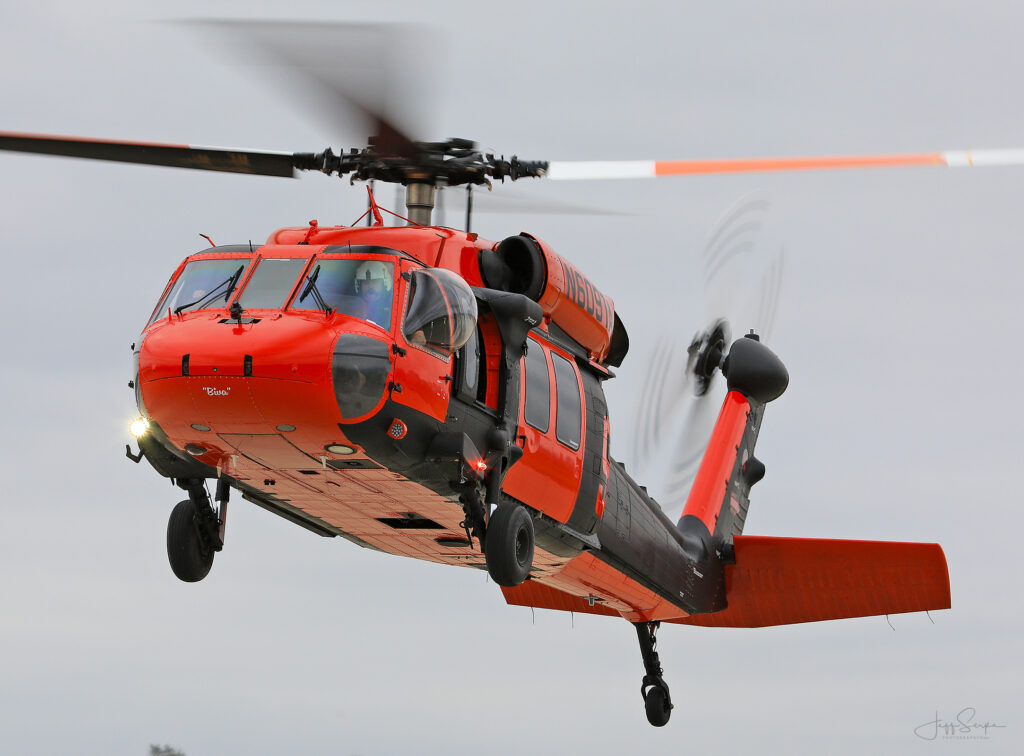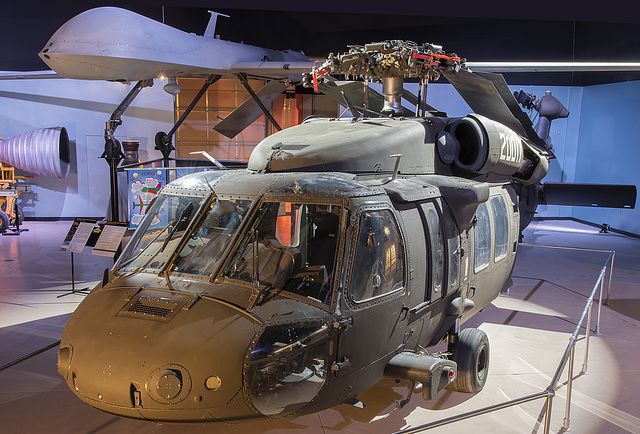UH 60 Black Hawk: A Close Look at Its Engineering, Performance, and Tactical Uses
UH 60 Black Hawk: A Close Look at Its Engineering, Performance, and Tactical Uses
Blog Article
Discovering the History and Development of the UH 60 Helicopter

Beginnings of the UH-60
The origins of the UH-60 helicopter can be traced back to the late 1960s, a duration noted by the demand for a functional utility airplane that can adapt to the developing needs of modern-day warfare. The U.S. Army identified the necessity for a replacement for the older UH-1 Iroquois, which was coming to be significantly poor for the complexities of modern combat scenarios. In 1967, the Military started the Energy Tactical Transport Aircraft System (UTTAS) program, which looked for to establish a multi-role helicopter capable of various missions, consisting of army transportation, medical discharge, and logistical assistance.
The style competition drew in several aerospace makers, however it was Sikorsky Airplane Firm that inevitably safeguarded the agreement in 1972. The UH-60 Black Hawk was presented, showcasing ingenious design elements and advanced modern technology that established it aside from its precursors. Its maiden trip took place in 1974, and the aircraft was formally embraced by the Military in 1979. The UH-60 rapidly gained recognition for its durable efficiency, dependability, and versatility, leading the way for its extensive usage in armed forces operations and strengthening its status as a keystone of united state Army aviation.
Key Layout Features
Cutting-edge layout functions of the UH-60 Black Hawk dramatically contribute to its functional effectiveness. One of one of the most significant aspects is its twin-engine arrangement, which improves integrity and offers a higher power-to-weight ratio, allowing the helicopter to perform under numerous conditions. The aircraft's four-blade major blades system supplies improved lift and ability to move, vital for tactical objectives.

Additionally, the cabin is created for optimum presence and ergonomics, featuring innovative avionics that improve pilot operations. The modular design of the UH-60 enables simple maintenance and adaptability, making it ideal for different objective accounts, from troop transport to medevac procedures. These essential layout features make certain that the UH-60 Black Hawk remains a reliable and flexible asset in military aeronautics, efficient in meeting the needs of contemporary war.
Technological Improvements
Recent technological innovations in the UH-60 Black Hawk have actually dramatically boosted its operational abilities and versatility. The assimilation of innovative avionics, such as electronic flight control systems and boosted situational awareness display screens, permits pilots to run with boosted accuracy and efficiency. These systems promote boosted navigation, interaction, and information sharing, making it possible you can look here for the helicopter to function effectively in varied settings.
Furthermore, the introduction of composite products has actually reduced the general weight of the airplane while maintaining structural stability. This reduction boosts fuel efficiency and expands operational range. The unification of advanced rotor technology, including using check my site four-blade, fully expressed rotor systems, has actually boosted lift performance and ability to move, enabling much better handling in numerous flight conditions.

In addition, improvements in propulsion systems, such as the T700-GE-701D engines, have actually raised power outcome and dependability - uh 60. These engines add to remarkable efficiency in hot-weather and high-altitude conditions
Lastly, the integration of self-defense systems and improved sensing unit plans enhances the Black Hawk's survivability and mission performance. Jointly, these technical improvements make certain that the UH-60 Black Hawk continues to be a crucial possession in modern aeronautics, with the ability of adapting to the advancing demands of humanitarian and army missions.
Role in Armed Force Workflow
As the foundation of united state Army air travel, the UH-60 helicopter plays an essential function in different military operations, offering as a flexible system for fight support, transport, and medevac objectives - uh 60. Its style integrates the ability to operate in varied settings, making it important for army movement and logistical assistance in both conventional and non-traditional warfare

In medical evacuation circumstances, the UH-60 has proven invaluable, significantly decreasing the moment to move wounded soldiers from the battleground to medical centers. Its innovative avionics and evening click over here vision capacities even more make sure mission success under difficult problems. On the whole, the UH-60 helicopter remains a vital possession, constantly adapting to meet the evolving demands of military operations and enhancing the efficiency of U.S. pressures worldwide.
Future of the UH-60
Looking in advance, the future of the UH-60 helicopter involves considerable innovations in modern technology and capacities created to improve its functional effectiveness. As military procedures develop, the UH-60 is expected to integrate innovative technologies, consisting of improved avionics, boosted weapons systems, and advanced communication devices. These enhancements will certainly permit higher situational recognition and objective adaptability, ensuring that the UH-60 stays a crucial possession on the battlefield.
One notable development is the combination of fly-by-wire systems, which will certainly boost trip control accuracy and reduce pilot workload. Additionally, efforts to update the airframe and engines aim to raise rate, payload, and array ability, thereby increasing the helicopter's functional extent (uh 60).
The future additionally holds promise for boosted interoperability with unmanned aerial systems (UAS), enabling coordinated missions that utilize both manned and unmanned abilities. Furthermore, the incorporation of expert system and artificial intelligence might maximize trip characteristics and upkeep procedures, leading to decreased functional expenses.
Conclusion
The UH-60 Black Hawk helicopter stands for a substantial success in army aviation, evolving from the united state Military's initial requirements for a functional energy airplane. Its cutting-edge design functions and continual technical innovations have ensured its importance in numerous army operations over the decades. As the needs of modern warfare modification, the future of the UH-60 will likely include additional improvements and adaptations, reinforcing its status as a crucial property for armed pressures worldwide.
The UH-60 Black Hawk helicopter stands for a substantial turning point in army aeronautics, arising from the U.S. Army's quest for a much more versatile and trusted utility aircraft in the late 20th century.The beginnings of the UH-60 helicopter can be mapped back to the late 1960s, a period noted by the requirement for a versatile energy airplane that can adapt to the evolving demands of modern-day war. On the whole, the UH-60 helicopter remains a crucial property, continuously adapting to fulfill the progressing needs of military operations and enhancing the performance of U.S. forces worldwide.
Looking ahead, the future of the UH-60 helicopter entails considerable developments in modern technology and abilities developed to improve its functional efficiency.The UH-60 Black Hawk helicopter stands for a substantial success in army air travel, advancing from the U.S. Army's first demands for a versatile energy airplane.
Report this page